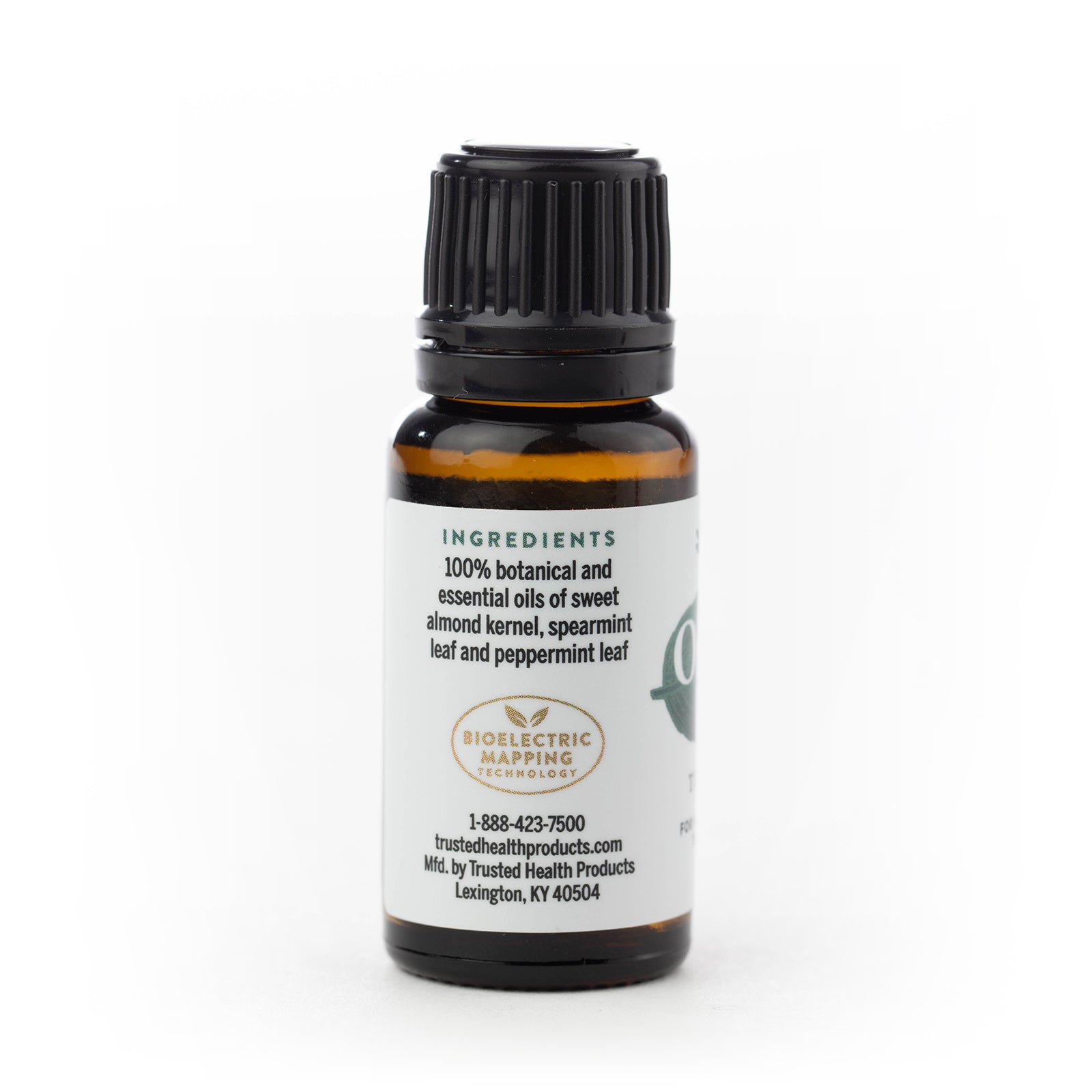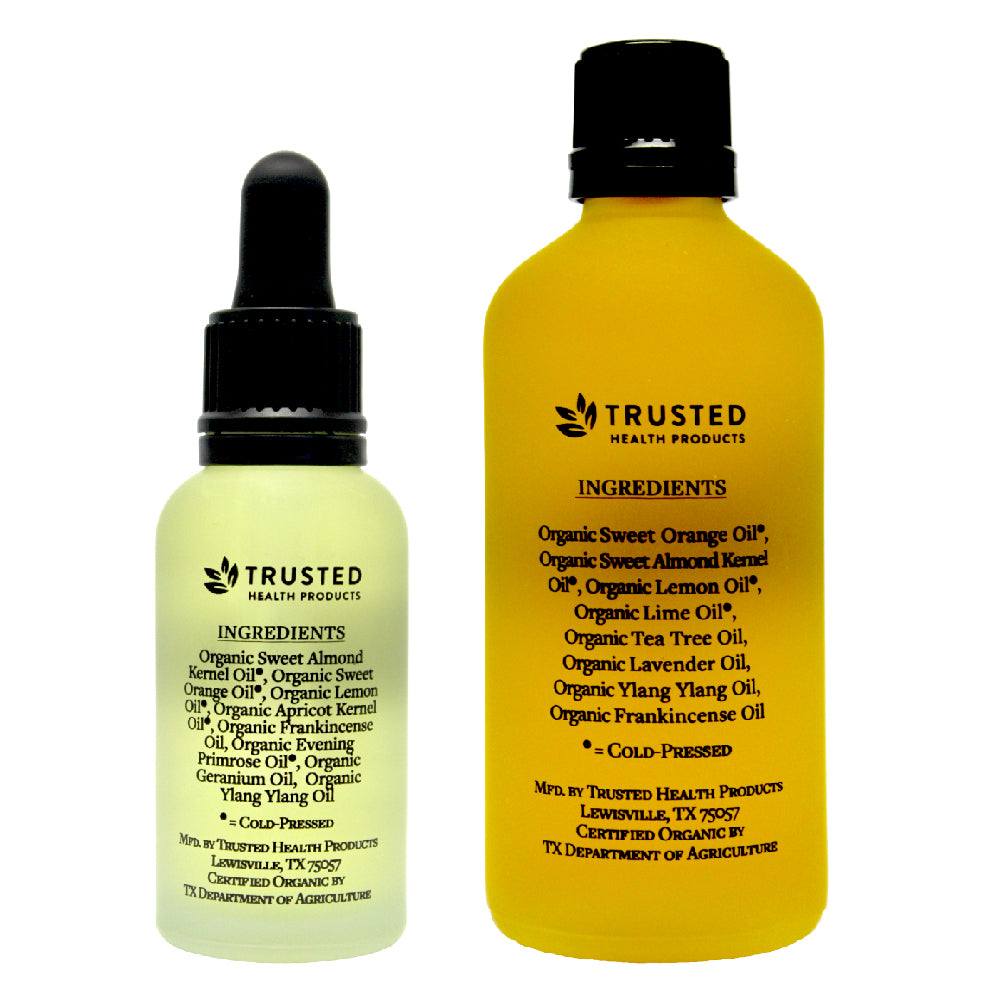Anxiety News: Is There An Improved Treatment For Anxiety Disorders?
February 23, 2019
Author: Admin Editor
Tags:
Researchers at the Mainz University Medical Center have shed new light on questions concerning how traumatic experiences become entrenched in memory and how fears following a traumatic event can be reduced and prevented from becoming a permanent stress-related disorder. The key to their approach lies in firmly anchoring new, positive experiences in the person's memory.
As in classical treatment, traumatized patients would first have to be exposed to their fear-inducing stimuli to learn that these stimuli are often harmless.
This experience would then be made durable using a safe and simple drug treatment. The researchers have been analyzing more closely the mental processes that underlie the resulting positive memory formation processes.
Their findings - published in Nature Communications - could help improve the treatment of anxiety-related problems and post-traumatic stress disorder (PTSD) and aid in the development of appropriate preventive measures.
The human brain is continually changing and can be re-shaped by experiences both good and bad. This is the basic premise underlying resilience research and the therapies used to treat phobias and anxiety disorders. But how do some people manage to reduce their fear, or even make use of it and turn it into new, positive experiences when confronted with a situation that would previously have terrified them?
And why does this mechanism called fear extinction fail to work for other people over the long term? How does an individual's brain form and stabilize long-term memories and what is the role played by factors such as spontaneous neural consolidation processes, which occur after a new, positive experience is learned?
These are the questions at the heart of the work carried out by Professor Raffael Kalisch and Dr. Anna M.V. Gerlicher together with researchers of the German Resilience Center (DRZ) and the Collaborative Research Center 1193 "Neurobiology of resilience to stress-induced mental dysfunction: from understanding mechanisms to promoting prevention" at the Mainz University Medical Center.
"We already have a pretty good understanding of the neural processes that are relevant to learning that a fear-inducing stimulus no longer presents a threat,” says Dr. Anna Gerlicher, first author of the study paper.
“Recent studies have shown, however, that it is very important to be able to clearly remember these learning experiences. This is the only way to avoid repeatedly falling prey to unnecessary fear responses and to thus become resilient to developing a post-traumatic stress disorder. Therefore, we focused fully on the question of how, after such an extinction learning process, the learned experience can be consolidated in our memory."
Memory Formation Insights
The team - led by DRZ research group leader Professor Raffael Kalisch - discovered that the brains of their test subjects exhibited specific activation patterns during an extinction learning experience, which spontaneously reappeared in a rest phase after the learning phase. The more frequently these spontaneous reactivations occurred, the better the subjects were able to recall their positive experience on a subsequent test day and the less marked were their fear responses to stimuli that would otherwise have triggered the fear response.
They also discovered that the activity patterns relevant to the memories were dependent on the neurotransmitter dopamine, known as the reward hormone. "A particularly fascinating aspect for us was that by administering a commercially available drug that intervenes in cerebral biochemistry and causes an increase in the brain's dopamine levels after extinction learning, we were able to increase the number of reactivations so that subsequent fear responses were reduced to the same extent,” Kalisch said. “In essence, we discovered that fear extinction memories can be relatively easily reinforced, at least in the laboratory, and in fact without any further practice or memory training."
The researchers see their findings as offering potential for gaining new insights into the fundamental mechanisms of memory formation and for developing possible new ways to improve the prevention and treatment of post-traumatic stress.
How Childhood Stress Contributes To Anxiety
New research could help explain why stress early in life can create vulnerabilities to mood and anxiety disorders later on. The study - led by researchers at The Ohio State University - highlights the important role of mast cells. “These are immune cells involved in allergic reactions that historically were largely ignored by neuroscientists, but now we’re finding in rodent models they could be responsible for some of the changes we see in neurodevelopment after a childhood trauma,” says Kathryn Lenz, the study’s senior author and an assistant professor of psychology at Ohio State.
Study lead author Angela Saulsbery said that she’s especially interested in how this research might begin to draw molecular-level connections between adverse childhood experiences and adolescent and adult depression and anxiety. “Mast cells may also be a viable target for prophylactic drugs that help prevent these psychological disorders in children who experience these traumatic events,” Saulsbery said.
The researchers compared stressed rats to unstressed rats, and also compared animals based on sex. And they looked at the effects of prenatal stress, a single stressor after birth and chronic stress. “We found that stress at different times had different effects – chronic exposure to stress is where we saw the significant differences in mast cell activity in the brain,” Lenz said.
“Those animals had 30 percent more of the immune cells than their unstressed counterparts. Chronic stress in the animals included being left alone without their mothers for periods of time. Male animals had more mast cells overall, which is interesting because there is evidence that, in humans, males may be more vulnerable to serious problems stemming from early childhood trauma.”
This new work focused on determining if stress contributes to a more permeable blood-brain barrier, which might explain the surge in mast cells. These cells release histamine - a chemical usually associated with allergic responses - that could potentially alter brain development. “Our lab is interested in early life stressors and how they impact mast cell function,” Lenz added.
“We’re trying to better understand how exposure to adverse childhood experiences might lead to problems later in life. These childhood traumas, such as living in an abusive home or being neglected, can contribute to a wide array of problems down the road, including drug and alcohol addiction, depression and anxiety and even cardiovascular disease.”
School-Based Yoga To Better Manage Anxiety
Participating in yoga and mindfulness activities at school helps third-graders exhibiting anxiety improve their wellbeing and emotional health, according to a Tulane University study published in the journal Psychology Research and Behavior Management. Researchers worked with a public school in New Orleans to add mindfulness and yoga to the school's existing empathy-based programming for students needing supplementary support.
Third graders who were screened for symptoms of anxiety at the beginning of the school year were randomly assigned to two groups. A control group of 32 students received care as usual, which included counseling and other activities led by a school social worker.
The intervention group of 20 students participated in small group yoga/mindfulness activities for eight weeks using a Yoga Ed curriculum. Students attended the small group activities at the beginning of the school day. The sessions included breathing exercises, guided relaxation and several traditional yoga poses appropriate for children. Researchers evaluated each group's health-related quality of life before and after the intervention, using two widely recognized research tools.
The Brief Multidimensional Students' Life Satisfaction Scale-Peabody Treatment Progress Battery version was used to assess life satisfaction, and the Pediatric Quality of Life Inventory was used to assess psychosocial conditions and emotional well-being at the beginning, middle and end of the study.
"The intervention improved psychosocial and emotional quality of life scores for students, as compared to their peers who received standard care," said principal author Alessandra Bazzano, associate professor of Global Community Health and Behavioral Sciences at Tulane University School of Public Health. "We also heard from teachers about the benefits of using yoga in the classroom, and they reported using yoga more often each week, and throughout each day in class, following the professional development component of intervention."
Researchers targeted third grade because it is a crucial time of transition for elementary students, when academic expectations increase. "Our initial work found that many kids expressed anxious feelings in third grade as the classroom work becomes more developmentally complex," Bazzano said. "Even younger children are experiencing a lot of stress and anxiety, especially around test time."
Is There A Connection Between Anxiety And Sleep?
Scientists at the Sleep Institute in Japan spotted neurons that play crucial roles in connecting emotions and sleep, shedding light on the future discovery of drug targets for anxiety disorder and/or sleep disorders. Encountering predators, adapting to a novel environment or expecting a reward, these stressful or emotionally-salient situations require animals to shift their behavior to a vigilant state, altering their physiological conditions through modulation of autonomic and endocrine functions.
The bed nucleus of the stria terminalis (BNST) is a part of the extended amygdala, which is generally considered as a key player in stress response, fear and anxiety. Through projections to various brain regions including relay nuclei of the autonomic nervous system, hypothalamic regions and the central nucleus of the amygdala, the BNST controls endocrine and autonomic reactions in response to emotionally-salient stimuli, along with behavioral expression of anxiety and fear.
A group of researchers led by Takeshi Sakurai, Vice Director of the International Institute for Integrative Sleep Medicine (WPI-IIIS), University of Tsukuba, found that acute optogenetic excitation of GABAergic neurons in BNST during non-rapid eye movement (NREM) sleep in mice resulted in immediate transition to a wakefulness state without the function of orexins, highly important neuropeptides for maintaining wakefulness. Notably, stimulation of the same neurons during REM sleep did not show any effects on sleep/wakefulness states.
Prolonged excitation of GABAergic neurons in BNST by a chemogenetic method evoked a longer-lasting, sustained wakefulness state, and it was abolished by administering a dual orexin receptor blocker (antagonist) DORA 22 in advance, meaning that orexins are involved in this phenomenon. "Our study revealed a role of the BNST GABAergic system in sleep/wakefulness control, especially in shifting animals' behavioral states from NREM sleep to wakefulness. It also provides an important insight into the pathophysiology of insomnia and the role of orexin in arousal regulation, which will hopefully lead to the first step to develop remedies for sleep disorders," Sakurai says.
Subscribe to our Trusted Health Club newsletter for more information about natural living tips, natural health, oral health and skincare. If you are looking for more health resources make sure to check out the Trusted Health Resources list.
Reviewed By:
Founder Ray Spotts has a passion for all things natural and has made a life study of nature as it relates to health and well-being. Ray became a forerunner bringing products to market that are extraordinarily effective and free from potentially harmful chemicals and additives. For this reason Ray formed Trusted Health Products, a company you can trust for clean, effective, and healthy products. Ray is an organic gardener, likes fishing, hiking, and teaching and mentoring people to start new businesses. You can get his book for free, “How To Succeed In Business Based On God’s Word,” at www.rayspotts.com.


















































